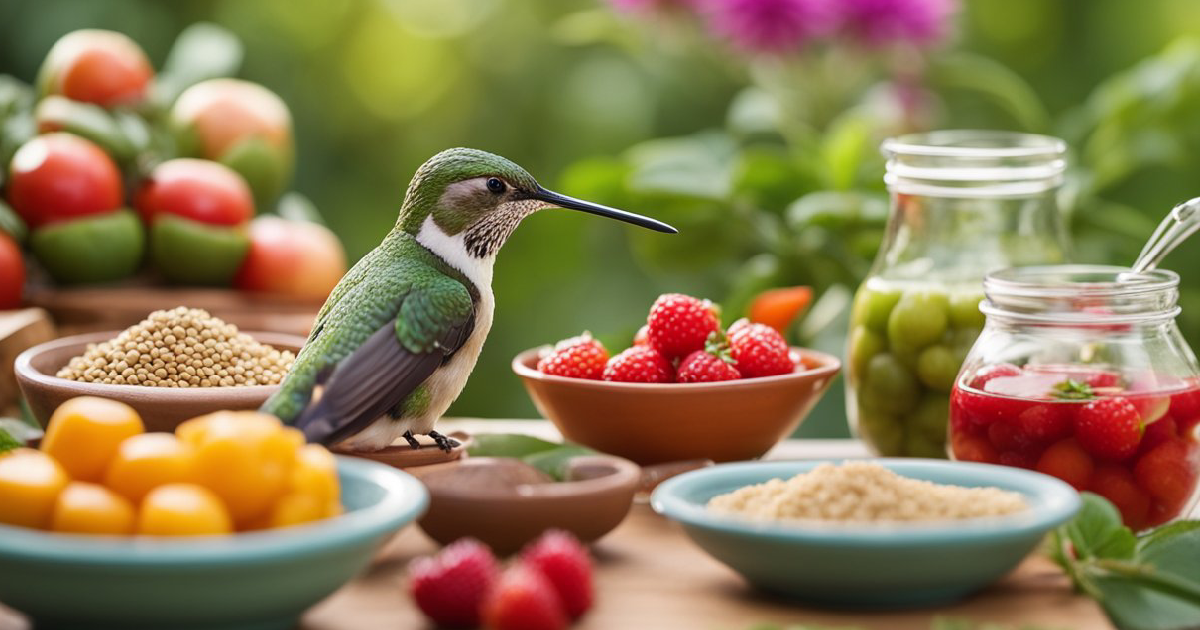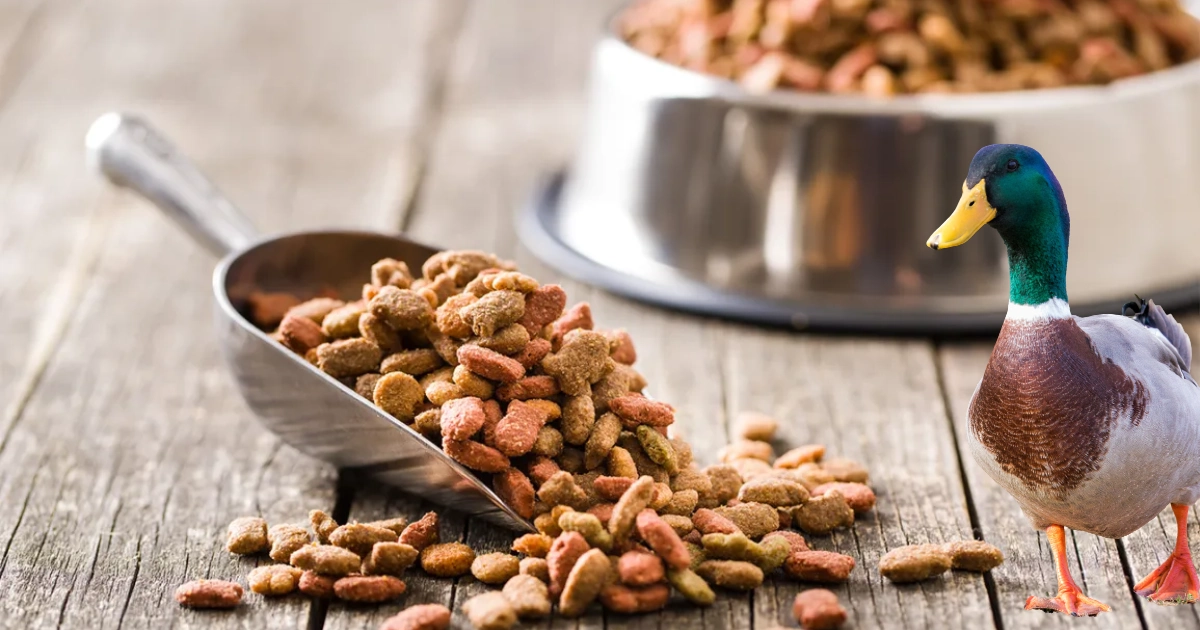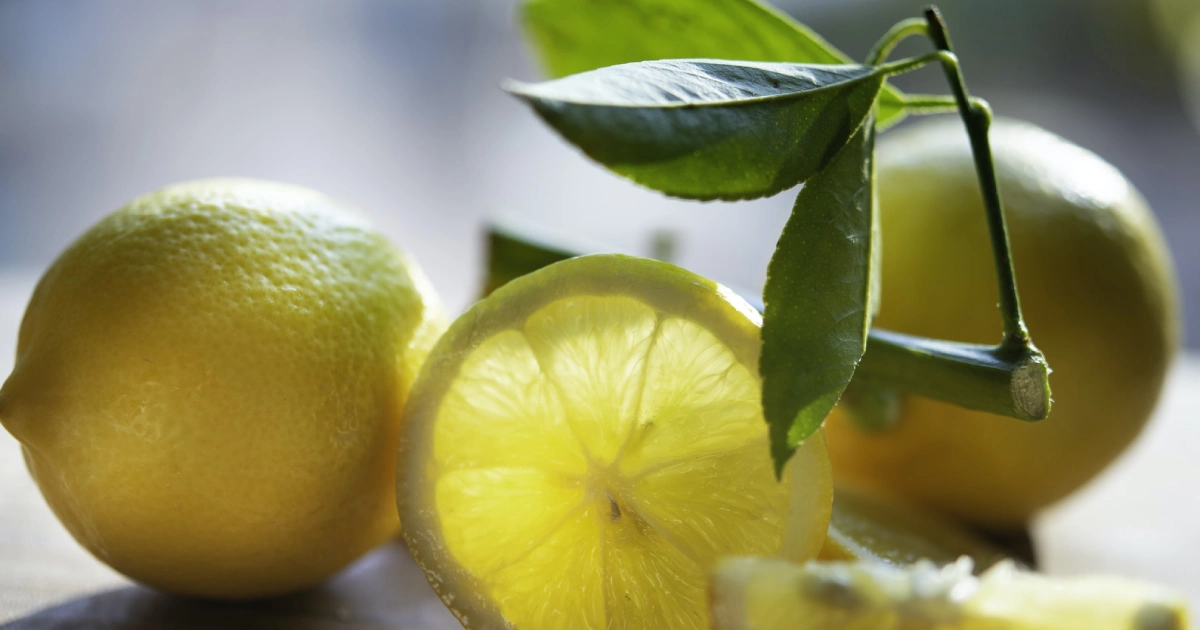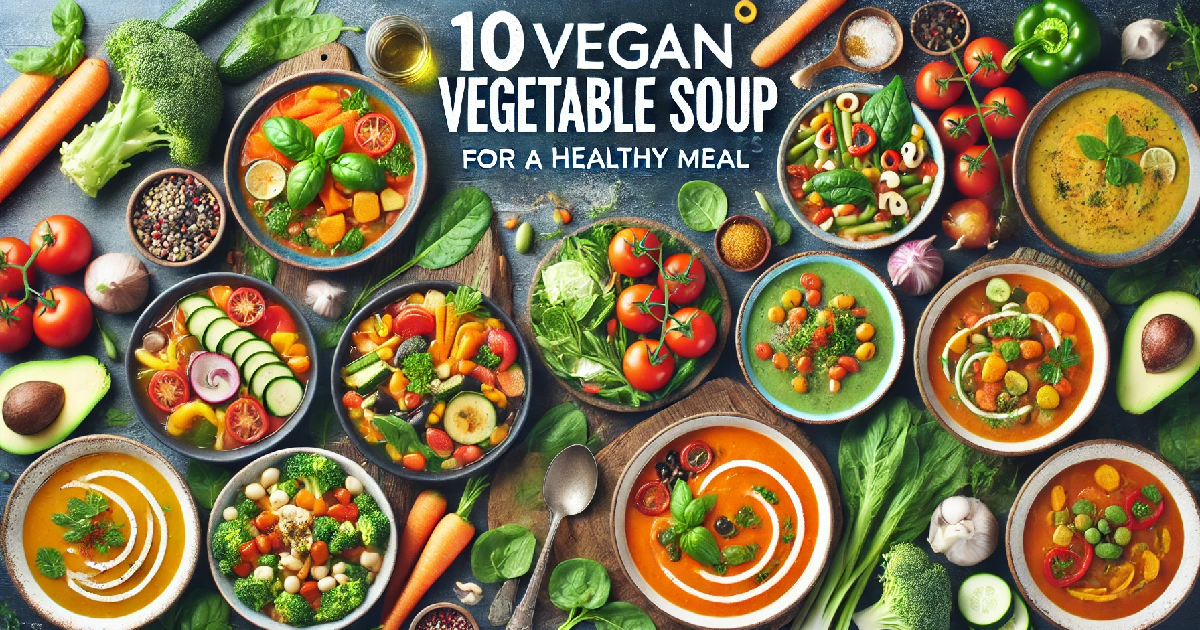Introduction
Vegan yogurt is gaining popularity for its delicious taste, dairy-free nature, and health benefits. Packed with probiotics, it’s a great way to include more plant-based foods in your diet. Many people are turning to homemade vegan yogurt for its cost-effectiveness and ingredient control, allowing for customization to individual tastes and dietary needs.
This guide will show you how to make vegan yogurt at home, covering everything from basic ingredients to troubleshooting common issues. Let’s dive in!
How to Make Vegan Yogurt ?
Basic Ingredients
Making vegan yogurt requires just a few simple ingredients: plant-based milk, a yogurt starter, and a thickener. Suitable plant milks include soy, almond, coconut, and oat milk. The yogurt starter can be a commercial dairy-free yogurt or a probiotic capsule. Thickeners like agar-agar, tapioca starch, or cornstarch help achieve the right consistency.
Ingredients Needed
For a basic vegan yogurt recipe, gather these ingredients:
- 4 cups of plant-based milk
- 2 tablespoons of yogurt starter or 1 probiotic capsule
- 1-2 tablespoons of thickener (optional)
Equipment Required
You’ll need some basic kitchen equipment:
- A blender
- A thermometer
- A whisk
- A saucepan
- A glass or ceramic container
- A warm place for fermentation (like an oven with the light on)
Step-by-Step Process
- Heat the Milk: Pour the plant-based milk into a saucepan and heat it to 110°F (43°C), stirring occasionally.
- Add Thickener: If using a thickener, mix it with a bit of cold milk first to dissolve, then add it to the warmed milk, whisking continuously.
- Cool the Milk: Let the milk cool to about 110°F (43°C). This is crucial for the probiotics to work.
- Add the Starter: Stir in the yogurt starter or the contents of the probiotic capsule and mix well.
- Ferment: Pour the mixture into your container, cover it with a clean cloth or lid, and place it in a warm area to ferment for 8-12 hours.
- Check and Refrigerate: After fermentation, check the consistency. If it’s set, move it to the fridge to cool and thicken further.
Tips for Perfect Vegan Yogurt
- Ensure all utensils are clean to prevent contamination.
- For thicker yogurt, use more thickener or let it ferment longer.
- Taste it after 8 hours; if you want it tangier, leave it for a few more hours.
What is Vegan Yogurt Made From?
Plant-Based Milks
The base of vegan yogurt is plant milk, with common choices being soy, almond, coconut, and oat milk. Soy milk is high in protein, aiding texture. Almond milk has a mild flavor, coconut milk is rich and creamy, and oat milk offers a slightly sweet taste and smooth texture.
Thickeners
Thickeners, while optional, can improve the yogurt’s consistency. Agar-agar, tapioca starch, cornstarch, arrowroot powder, and pectin are effective choices.
Yogurt Starters
A yogurt starter provides beneficial bacteria needed for fermentation. Store-bought vegan yogurt or probiotic capsules with live cultures work well.
Is It Cheaper to Make Your Own Vegan Yogurt?

Cost of Ingredients
Homemade vegan yogurt is often cheaper than store-bought, primarily due to the cost of plant-based milk. Buying in bulk can save money, and starters and thickeners are used in small quantities.
Cost of Equipment
Most equipment needed is likely already in your kitchen, with a thermometer being a worthwhile investment. Reusable containers help reduce waste and save money.
Long-Term Savings
Over time, making your own yogurt can save you a lot, as you can reuse some of each batch as a starter for the next, reducing ongoing costs.
Can Yogurt Be Made from Plant Milk?
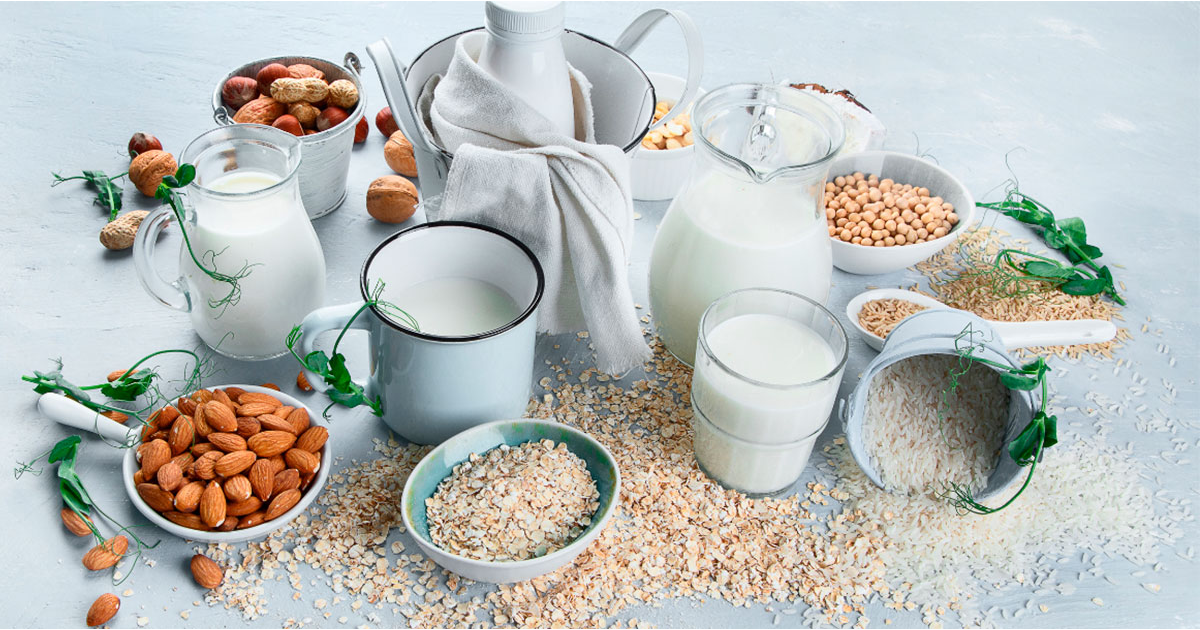
Yes, plant milk can be used to make yogurt, with different plant milks offering varying flavors and textures.
Soy Milk
Soy milk is a top choice due to its high protein content, creating thick, creamy yogurt with a mild flavor.
Almond Milk
Almond milk makes a lighter yogurt with a subtle nutty taste. It’s lower in protein, so a thickener is often necessary.
Coconut Milk
Coconut milk yogurt is rich and creamy with a distinct coconut flavor that pairs well with tropical fruits.
Oat Milk
Oat milk yogurt is smooth and slightly sweet, making it a good option for those with nut allergies.
Other Plant Milks
Rice milk, cashew milk, or hemp milk can also be used, each imparting unique properties to the final yogurt.
What is the Best Thickener for Vegan Yogurt?

Agar-Agar
Agar-agar, made from seaweed, is a popular vegan gelatin substitute that works well to thicken yogurt. Dissolve it in hot water before adding it to the milk.
Tapioca Starch
Tapioca starch creates a smooth texture and should be mixed with cold milk before adding to avoid clumps.
Cornstarch
Cornstarch is easy to find and use, effectively thickening the yogurt. Mix it with a small amount of cold milk first.
Arrowroot Powder
Arrowroot powder is a gluten-free thickener, giving a clear, smooth consistency. Use it like cornstarch.
Pectin
Pectin, a fruit-derived thickener commonly used in jams and jellies, provides a firm texture in yogurt.
Vegan Yogurt Recipe Without Probiotics
You can make vegan yogurt without probiotics by using certain ingredients like lemon juice or vinegar, which create an acidic environment to help thicken the yogurt.
Alternative Ingredients
Instead of probiotics, use lemon juice or vinegar.
Step-by-Step Instructions
- Heat the Milk: Warm the plant-based milk to 110°F (43°C).
- Add Thickener: Mix your chosen thickener with cold milk and add to the warm milk.
- Add Acid: Stir in 1-2 tablespoons of lemon juice or vinegar.
- Ferment: Pour into a container and cover. Leave in a warm place for 8-12 hours.
- Refrigerate: Once set, move it to the fridge to thicken further.
How to Make Vegan Yogurt Without Starter?
It’s possible to make yogurt without a traditional starter by using a previous batch of yogurt or alternative starters like store-bought vegan yogurt or probiotic capsules.
Using Previous Batch of Yogurt
If you have homemade yogurt, use it as a starter for your next batch to save money.
Alternative Starters
Store-bought vegan yogurt or probiotic capsules can also be used.
Step-by-Step Instructions
- Heat the Milk: Warm the plant-based milk to 110°F (43°C).
- Add Thickener: Mix your chosen thickener with cold milk and add to the warm milk.
- Add Starter: Stir in 2 tablespoons of the previous batch of yogurt.
- Ferment: Pour into a container and cover. Leave in a warm place for 8-12 hours.
- Refrigerate: Once set, move it to the fridge to thicken further.
Easy Vegan Yogurt Recipe
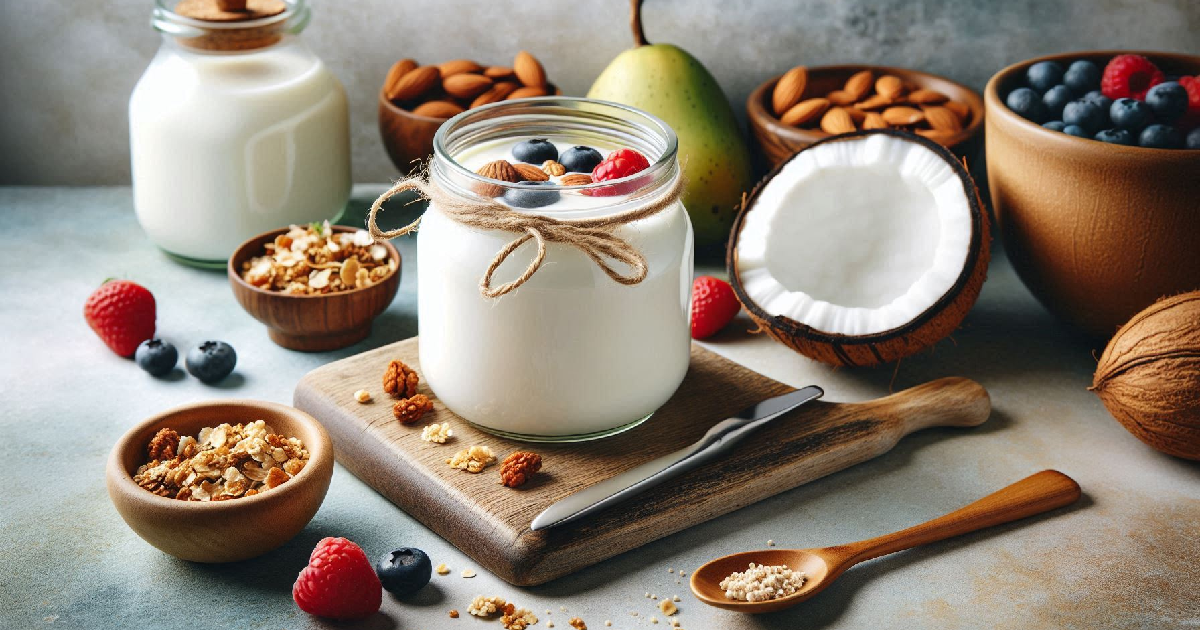
Here’s a simple recipe for beginners.
Ingredients Needed
- 4 cups of plant-based milk
- 2 tablespoons of yogurt starter
- 1 tablespoon of cornstarch
Equipment Required
- Blender
- Thermometer
- Saucepan
- Whisk
- Container
Step-by-Step Instructions
- Heat the Milk: Warm the plant-based milk to 110°F (43°C).
- Add Thickener: Mix cornstarch with a bit of cold milk, then add to the warm milk.
- Add Starter: Stir in the yogurt starter.
- Ferment: Pour into a container, cover, and leave in a warm place for 8-12 hours.
- Refrigerate: Move it to the fridge to thicken.
How to Make Vegan Yogurt with Coconut Milk?
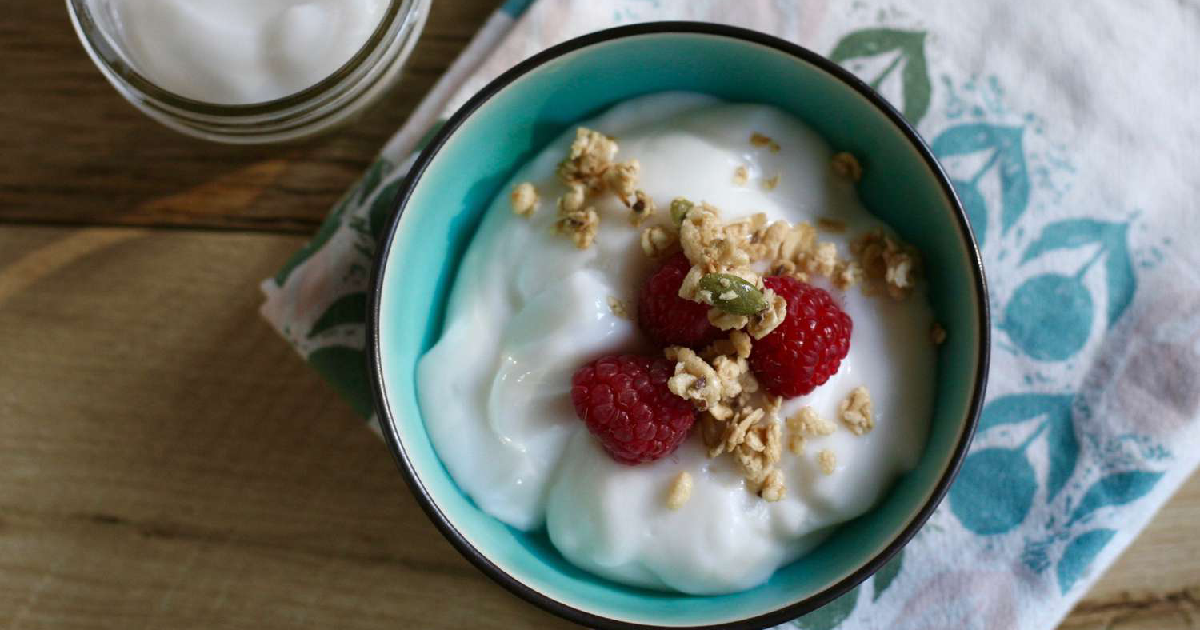
Coconut milk yogurt is rich and creamy.
Ingredients Needed
- 4 cups of coconut milk
- 2 tablespoons of yogurt starter
- 1 tablespoon of agar-agar
Equipment Required
- Blender
- Thermometer
- Saucepan
- Whisk
- Container
Step-by-Step Instructions
- Heat the Milk: Warm the coconut milk to 110°F (43°C).
- Add Thickener: Dissolve agar-agar in hot water, then add to the milk.
- Add Starter: Stir in the yogurt starter.
- Ferment: Pour into a container, cover, and leave in a warm place for 8-12 hours.
- Refrigerate: Move it to the fridge to thicken.
Tips for Best Results
- Use full-fat coconut milk for a creamier yogurt.
- Ensure the agar-agar is fully dissolved to avoid lumps.
How to Make Vegan Yogurt Without Milk?

You can make yogurt using nut and seed blends.
Using Nut and Seed Blends
Blend nuts or seeds with water to create a milk-like consistency.
Step-by-Step Instructions
- Blend the Nuts/Seeds: Blend 1 cup of nuts or seeds with 4 cups of water.
- Heat the Milk: Warm the mixture to 110°F (43°C).
- Add Thickener: Add your chosen thickener.
- Add Starter: Stir in the yogurt starter.
- Ferment: Pour into a container, cover, and leave in a warm place for 8-12 hours.
- Refrigerate: Move it to the fridge to thicken.
How to Make Vegan Yogurt with Soy Milk?

Soy milk is an excellent base for vegan yogurt.
Ingredients Needed
- 4 cups of soy milk
- 2 tablespoons of yogurt starter
- 1 tablespoon of tapioca starch
Equipment Required
- Blender
- Thermometer
- Saucepan
- Whisk
- Container
Step-by-Step Instructions
- Heat the Milk: Warm the soy milk to 110°F (43°C).
- Add Thickener: Mix tapioca starch with a bit of cold milk, then add to the warm milk.
- Add Starter: Stir in the yogurt starter.
- Ferment: Pour into a container, cover, and leave in a warm place for 8-12 hours.
- Refrigerate: Move it to the fridge to thicken.
Tips for Best Results
- Use unsweetened soy milk for better results.
- Ensure the mixture is well-mixed to avoid lumps.
How to Make Vegan Yogurt with Oat Milk?
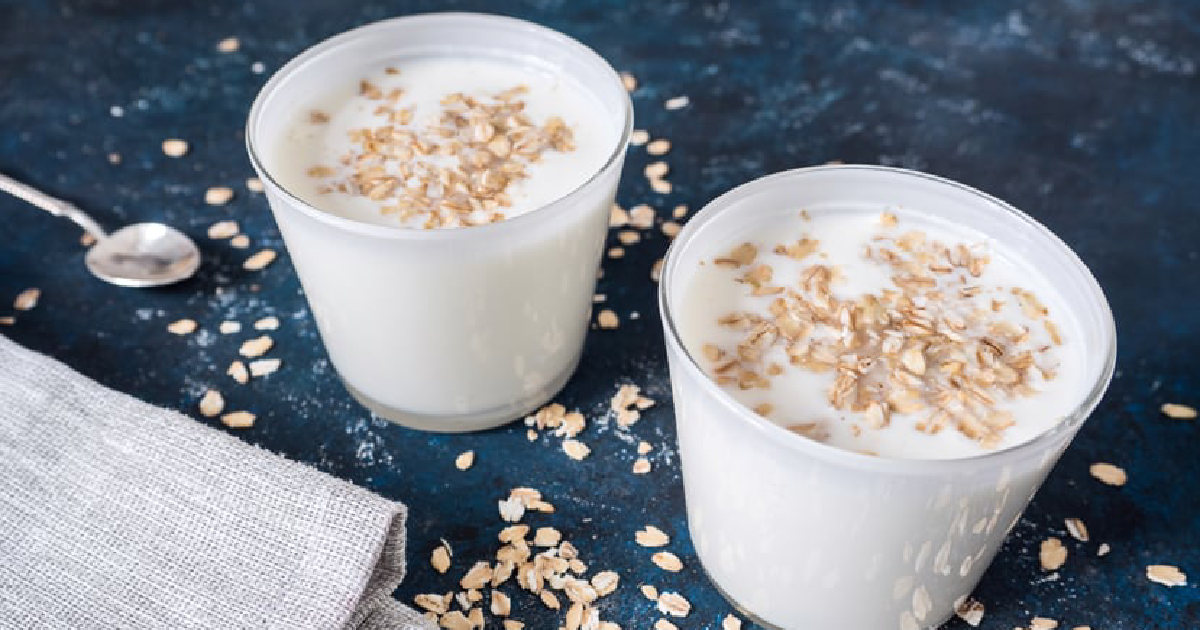
Oat milk creates a smooth, slightly sweet yogurt.
Ingredients Needed
- 4 cups of oat milk
- 2 tablespoons of yogurt starter
- 1 tablespoon of cornstarch
Equipment Required
- Blender
- Thermometer
- Saucepan
- Whisk
- Container
Step-by-Step Instructions
- Heat the Milk: Warm the oat milk to 110°F (43°C).
- Add Thickener: Mix cornstarch with a bit of cold milk, then add to the warm milk.
- Add Starter: Stir in the yogurt starter.
- Ferment: Pour into a container, cover, and leave in a warm place for 8-12 hours.
- Refrigerate: Move it to the fridge to thicken.
Tips for Best Results
- Use homemade oat milk for a creamier texture.
- Strain the milk to remove any oat particles before heating.
How to Make Vegan Yogurt with Yogurt ?

Using existing yogurt as a starter is convenient and cost-effective.
Ingredients Needed
- 4 cups of plant-based milk
- 2 tablespoons of existing vegan yogurt
- 1 tablespoon of thickener (optional)
Equipment Required
- Blender
- Thermometer
- Saucepan
- Whisk
- Container
Step-by-Step Instructions
- Heat the Milk: Warm the plant-based milk to 110°F (43°C).
- Add Thickener: If using, mix the thickener with a bit of cold milk, then add to the warm milk.
- Add Starter: Stir in the existing vegan yogurt.
- Ferment: Pour into a container, cover, and leave in a warm place for 8-12 hours.
- Refrigerate: Move it to the fridge to thicken.
Tips for Best Results
- Use fresh, high-quality yogurt as the starter.
- Ensure the mixture is well-mixed to avoid lumps.
How to Flavor Vegan Yogurt ?
Flavoring homemade vegan yogurt is fun and easy.
Natural Sweeteners
Sweeten your yogurt naturally with maple syrup, agave, or honey (for non-vegans).
Fruits and Berries
Add fresh, frozen, or dried fruits and berries. Berries, mangoes, and bananas are popular choices.
Spices and Extracts
Enhance flavor with vanilla extract, cinnamon, or nutmeg. These add warmth and depth to the yogurt.
How to Store Vegan Yogurt ?
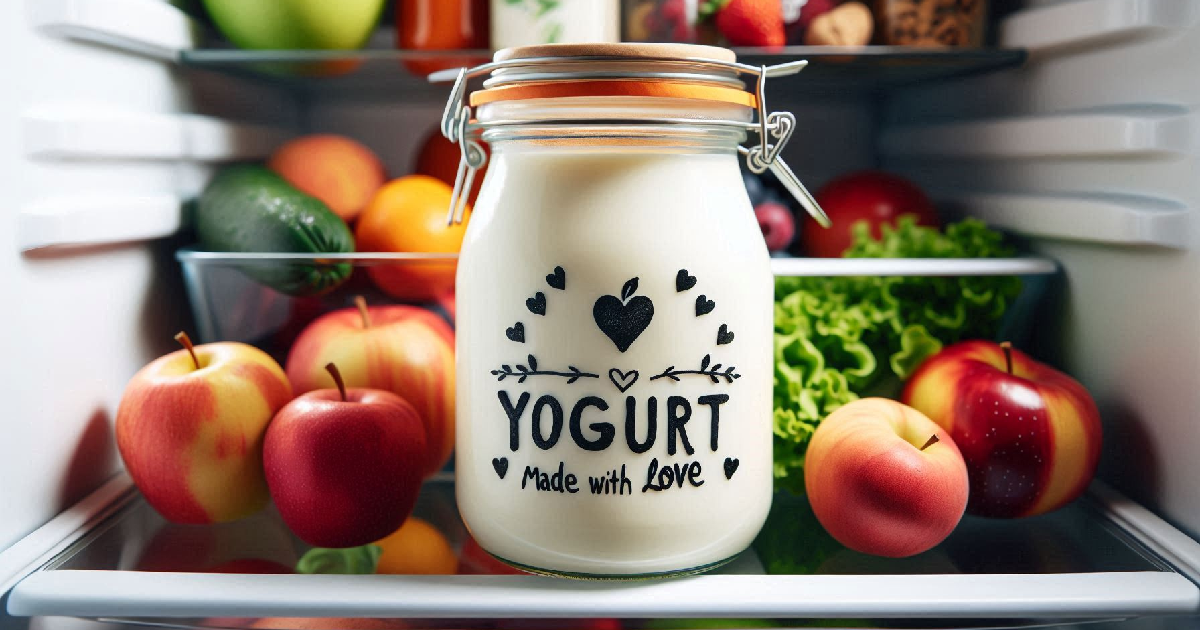
Proper storage ensures your yogurt stays fresh and tasty.
Refrigeration
Store your yogurt in the fridge for up to a week in airtight containers to maintain freshness.
Freezing
You can freeze yogurt for longer storage. Thaw in the fridge before use. Note that texture may change slightly after freezing.
Troubleshooting Common Issues
Even experienced yogurt makers encounter issues. Here’s how to fix them.
Yogurt Too Runny
If your yogurt is too runny, it might need more thickener. Try adding a bit more next time. Longer fermentation can also help.
Yogurt Too Sour
Yogurt that’s too sour may have fermented too long. Reduce the fermentation time for a milder taste.
Yogurt Not Setting
If your yogurt isn’t setting, ensure the temperature is correct. Using fresh starters and adding thickener can improve setting.
Conclusion
Making vegan yogurt at home is rewarding and cost-effective. You can control the ingredients and customize the flavors. Give it a try and share your results and tips in the comments. Explore more vegan recipes on our blog for delicious, healthy options!
FAQs
1. What is the best starter for vegan yogurt?
The best starters are store-bought vegan yogurt or probiotic capsules with live cultures.
2. Can I use any plant-based milk to make vegan yogurt?
Most plant-based milks work, but soy, almond, coconut, and oat milk are the best options.
3. How long does homemade vegan yogurt last?
Homemade vegan yogurt lasts about a week in the fridge.
4. Is vegan yogurt as healthy as dairy yogurt?
Vegan yogurt can be as healthy as dairy yogurt, especially when fortified with vitamins and probiotics.
5. Can I make vegan yogurt without a yogurt maker?
Yes, you can use an oven, a slow cooker, or even a warm spot in your kitchen for fermentation.
6. How to make vegan yogurt thicker?
Use thickeners like agar-agar, tapioca starch, or cornstarch. Longer fermentation can also help.
7. Can I sweeten my vegan yogurt?
Yes, natural sweeteners like maple syrup or agave work well.
8. Why didn’t my vegan yogurt set?
Ensure the temperature is correct and use fresh starters. Adding more thickener can also help.
9. How can I make flavored vegan yogurt?
Add fruits, berries, natural sweeteners, or spices to create different flavors.
10. Can I reuse homemade vegan yogurt as a starter?
Yes, you can use a small amount of your homemade yogurt as a starter for the next batch.








